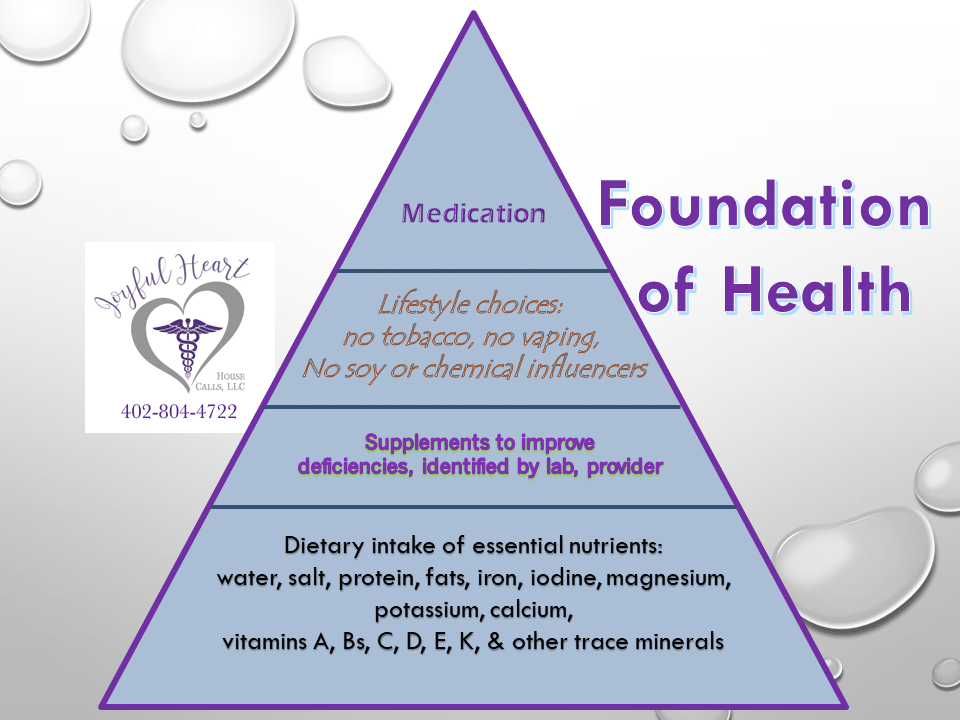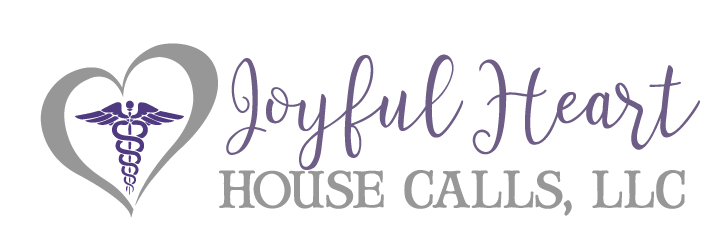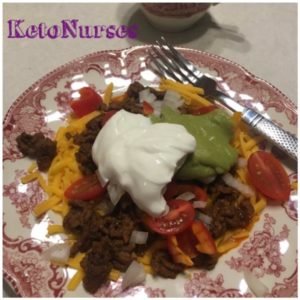OMAD eating patterns are becoming quite popular in recent years, as ketogenic and carnivore eating plans continue to grow in recognition. OMAD stands for one meal a day – and people are often shocked that anyone can or should eat only once a day, but in reality, it used to be quite common and a few hundred years ago, it was not uncommon for people to eat a few times a WEEK and NOT daily.
HOW on earth can this be? And is it ok? Is it healthy? How do you get through your day without fainting or having headaches or terrible symptoms?
To be honest, it’s a JOURNEY – it can take many months to get to a place where your body AND your ego/psyche/beliefs can manage on one meal a day. It begins, however, with cutting out carbohydrates that drive the typical 2 hour feeding cycle. When the 2 hour eating pattern fades, it becomes much easier to eat less often. The only reason that the OLD dietary guidelines tell us to eat so many carbs is directly related to that 2 hour cycle — upon eating carbs, it takes the body just about 2 hours to manage the glucose that those carbs become, and then be removed from the bloodstream. High amounts of glucose in the bloodstream are toxic to cells and tissues, and so consuming glucose triggers three separate methods and processes for its removal. I write more about these in other articles here on my website; here is one of them: https://joyfulhearthousecalls.com/peas-cornbread/
Once the carbs are gone, what then? Focus on consuming meat proteins for optimal bioavailability; plant proteins are VERY poorly absorbed — comparatively, plant protien absorption is about 30% where as meat proteins are absorbed about 95-98%. Since proteins are the building blocks of the cell, protein must be consumed in good quantities daily. For optimal protein absorption, Vitamin A is required. The best and most affordable source of Vit A is butter — real cream made into real butter. No additives, no oils, no anything added (except maybe salt. LOL)
According to Cronometer, 2 tbsp. of butter provides about 23 grams of fat and 28% of the day’s RDA for Vit A. Butter also contains small amounts of Vitamins E, K — both fat soluble, and trace amounts of a few other essential nutrients. Even if you add 2 tbsp. of butter to 2 meals a day, your fat intake will still be less than 50 g — that’s not a ton of fats. Fats are essential for lots of reasons, but the cell membrane and your brain use the majority of fat consumed.

Once your body, the liver specifically, realizes that protein and fat intake are regular, your hunger needs begin to decrease. You will soon be able to skip snacks and never notice it. Your stomach won’t growl, telling you it’s hungry and needs food. Over time, and it varies for everyone, you’ll soon be skipping breakfast or lunch and not really notice it. When the body senses adequate nutrient intake, lots of dysfunctional processes begin to heal and reverse. How much is adequate? That can also vary a bit based on individual chemistry, body needs, and activity levels. People that work out more than 1 hour 3-4 days a week, might need just a few more grams than a more sedentary person, sitting at a desk all day. Athletes that work out for HOURS every day will need even more protein. It can take time to find the amount that is “just right” for you, but be patient.
Tracking and documenting your protein intake can be helpful early on in your health journey. My favorite app is Cronometer because it is more customizable than most other apps. I like to set my macro targets in the settings as FIXED and enter my calculated macro goals there.
As you learn how your protein & fat intake impact symptoms and hunger, you can easily change the macro targets at any time. I don’t advise tracking daily – it becomes cumbersome and often “takes over” life. I recommend choosing 2 days every week to measure and track your intake. Being consistent with this method of tracking decreases the impact to everyday life, but will provide great information about your nutritional intake. Learning where the proteins, fats, and carbs come from is one of the best “first steps” in mastering your health.
While some people like to “stair-step” carbohydrate intake down, this method poses several challenges to getting to OMAD. If you are currently consuming the typical average intake of carbs, around 200-250 g/day, and you drop to 100 grams per day, that’s a GREAT drop in theory — but in the bloodstream chemistry, it continues to drive that 2 hour feeding cycle. one gram of carb can raise glucose about 5 points, sooooooo…… think on that math for a bit.
Ideally, carb intake will drop to less than 20 grams per day — 50 g might be ok for beginners, but these need to be spread out over the day so as to prevent the really high spikes associated with large quantities of carby foods. When glucose goes up, insulin is released from the pancreas and begins to remove the glucose — it takes approximately 2 hours for the glucose level to fall back into the range where it was prior to the meal. When this action occurs, it sometimes drops glucose a little further than the level it was before eating, resulting in hypoglycemic episodes. These feelings cause people to be nervous, jittery, shaky, and sometimes develop a headache. When hunger symptoms occur, we want to eat…. this is the 2 hour feeding cycle mentioned earlier. It is essential for good health that we get off this roller coaster if we want to optimize health, heal symptoms, and reverse chronic disease.
As we remain consistent and dedicated to our low carb eating pattern, the body will adapt – it typically takes about 6-8 weeks to become “fat-adapted”. Fat-adaptation is the term we use to refer to the liver’s ability to transition from glucose-burning to fat-burning for energy. Once the liver is able to obtain adequate fat and protein, it will burn fats, broken down into ketone bodies, for energy. Using ketones for energy production is what really allows the body to go long periods of time without feeling hungry or needing to eat. As you continue your journey to better health, these periods of time often extend out to 4, 6, or even 8-10 hours. This kind of eating is what we call intermittent fasting. I am NOT a fan of forced fasting, or TIME-forced fasting — the body is not benefitted by forcing chemistry imbalances due to ignoring usual hunger signals. (ONE CAUTION: if you take medicines for diabetes that lower glucose levels — keep in mind it can be QUITE DANGEROUS to skip meals or drop carbs; you need to consult a knowledgeable health care expert who can assist you in reducing medicine doses as you change your diet.)
Allowing the body to adapt itself is the key to true healing on this journey. Hunger and fullness hormones are vital to health – we don’t need to ignore them or challenge them by methods we heard about on social media. Be cautious who you listen to; know their credentials; know where they are obtaining their data and research. NEVER ignore body signals. Body signals provide vital information we should heed.
The question, then, always arises: “what about my calories? When I eat like this, I can’t get enough food in.” All I can say is: calories tell us NOTHING about nutrients. Eating a bowl full of pure sugar provides calories – and will create chemistry actions within the body. But does it provide any amount of nutrition? NO. So then, can calories possibly really matter? NO. Dr. Zoe Harcombe did a great job explaining the uselessness of calories here: https://www.zoeharcombe.com/2014/06/the-calorie-theory-prove-it-or-lose-it/
Focusing on NUTRIENT DENSITY is key to adequate nutrition no matter how many times a day we eat. Obtaining the nutrients the body needs is the essential point here; essential nutrients include protein, fats, Vitamins A, E, D, K, iodine, iron, and others. Remember that ESSENTIAL nutrients must be consumed b/c the body cannot produce or synthesize them from other consumed ingredients.

Notice that carbohydrates are NOT listed as essential. No agency or organization has ever deemed carbs as necessary to intake because they understand basic biology and physiology: the glucose molecule, C6H12O6, can easily be synthesized or made from other intake – proteins and fats specifically.
So, as you drop your carb intake, focus on proteins and healthy fats, and begin to improve nutrient density, the body will transition to less hunger, desiring fewer meals, and eating less often. As this occurs, let it happen. There is NO RULE that says you must eat 3 meals a day, or even 2. Your body should set YOUR rules, if you provide it with quality nutrition. One thing to keep in mind, though: if you take supplements several times a day, you may need to adjust your supplement plan as your meals decrease. NEVER eat a meal, just to take supplements. Supplements are designed to supplement your food intake – NOT the other way around. If you have questions about taking your supplements, always feel free to connect with our office or your usual prescriber.
In conclusion, feed the body nutrient dense food. Learn to eat ONLY when the body demonstrates true stomach-growling hunger. Eat less often. Eat less. Good luck with your journey to health; if we at Joyful Heart can be of help to you along this journey, don’t hesitate to reach out!
NOTICE: This content is for informational and educational purposes only. It is not intended to provide medical advice or to take the place of medical advice or treatment from a personal health care professional. All viewers of this content are advised to consult their own qualified health professionals regarding specific health questions. Neither KetoNurses or the publisher of this content takes responsibility for possible health consequences of any person or persons reading or following the information in this educational content. All viewers of this content, especially those taking prescription or over-the-counter medications, should consult their medical providers before beginning any nutrition, supplement or lifestyle program.



